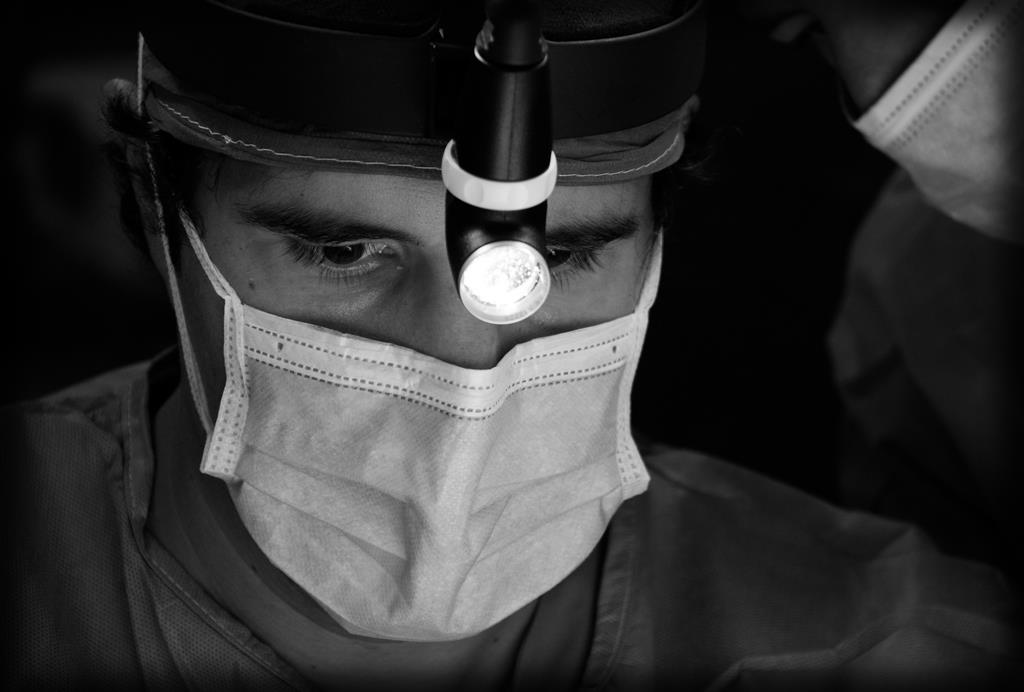What you need to know
A facelift is a surgical method that involves the removal of excess facial skin making the face to appear younger. The procedure is performed through incision which starts in the hairline in front and above the hairline extending downward in front of the ear, under the year and then upward behind the ear to finish at the hairline behind the ear
The skin and fatty tissues are lifted off the connective tissue and the underlying muscle to correct the problem related to the loose skin. The process is surgical and there are several risks involved although the facelift procedure is considered safe.
The risks and side effects involved in the surgical process are summarized below:
Pain
Just like any other surgery, pain occurs but is generally minimal. Surgeons can describe narcotics and pain medication to reduce the pain that may persist for several days after the procedure. The pain has been described to be moderate after a day or two by most patients. It is important to report any sudden or severe pain to your physician as it may be a result of other complications.
Bleeding
Bleeding is a result of the incision but it is not severe enough to warrant blood transfusion or other interventions. Bleeding may range from the day of surgery to a few days after. Light bleeding is common but if bleeding occurs under the skin, hematoma may develop. Excessive and uncontrollable bleeding are uncommon but are dangerous and such cases should be reported to a physician. as fast as possible
Swelling
Swelling occurs immediately after the surgery and the extent may be alarming. This is usually common and it’s a natural reaction to any type of body harm and injury. You shouldn’t be discouraged by such reactions as the swelling subsides after a few days, although you may notice minimal swelling several weeks after the surgery.
Bruising
This is natural following the surgery as the body is reacting to the changes. Bruising is reported in the first days after surgery and it is common around the eyes and may occur for weeks to months before full healing takes place.
Scarring
Scars are noticeable after the surgery and may remain for several months before being less noticeable. Scarring will naturally disappear with time and is mostly not a problem to most people as it is mostly hidden above the hairline
Redness of the incision lines
Redness may occur for a period of time as healing continues. This can be hidden after a few weeks of recovery using makeup.
Numbness
Numbness may occur in the areas of operation or on areas surrounding the incision line. The numbness goes away after sometime and prolonged numbness should be reported.
Nausea and vomiting
Nausea and vomiting can occur as a result of the administered anesthesia and may last for one or two day depending on the body’s reaction tom the drug.
Facial nerve injury
This is dependent on the extent of the facelift and it occurs 1-2%. The facial nerve provides motion for the face and should the injury occur, a temporary or permanent asymmetry to facial expressions and smile may occur
Change in ear position
Cases of changes in ear position and tragus have been reported but are uncommon.
Hair loss
This occurs in the incision line and can be temporary or permanent.
Skin discoloration
This is not common but may occur for several weeks if it happens.
Conclusion
The surgery is usually performed in an outpatient setting or at a well-equipped physician’s office. Pain and discomfort may occur during and after the surgery and dressings can be removed after 3 to 5 days.
Facelift surgery is satisfying to most patients who aim at achieving a youthful appearance, which may last approximately for 10 years. However, as with all surgery, there are still potential risks of getting a facelift, and it’s best to be in the know about them before considering the surgery.
Sourced from: Docshop
Posted on May 22, 2023


